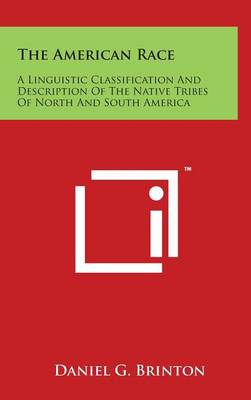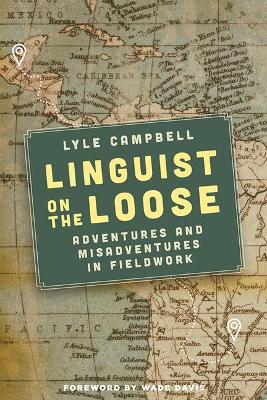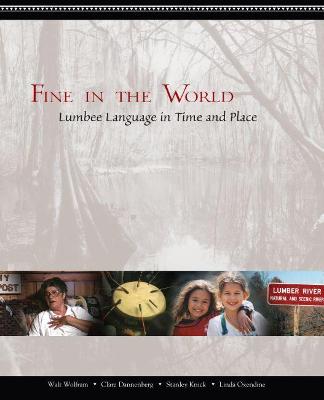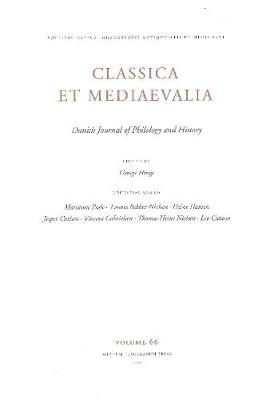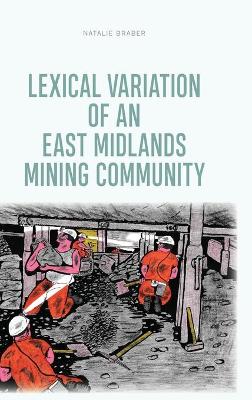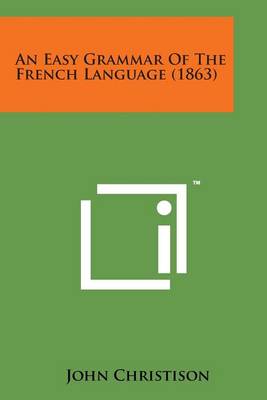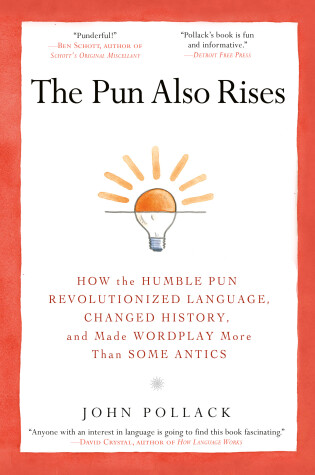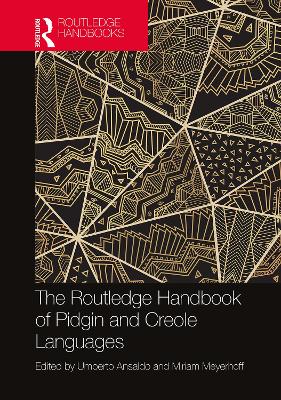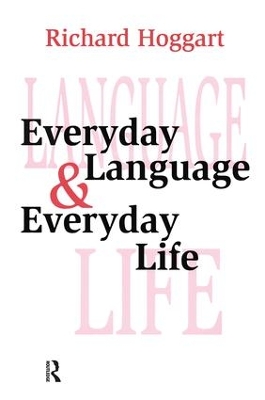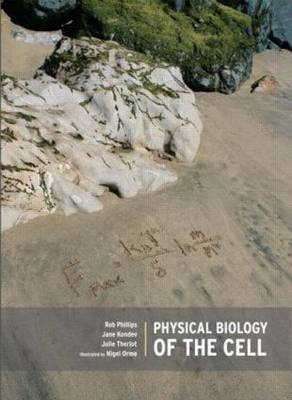Codex Oblitus (Beihefte Zur Zeitschrift Fur Romanische Philologie, #464)
by Josephine Klingebeil
Greek Literary Lands, A.D.400-1600 (Palaeographical Handbooks)
by Ruth Barbour
This book traces the development of Greek literary hands, summarizing what can be deduced about the main characteristics of different styles of writing in different periods. The 110 examples are arranged by style of writing so that similar patterns are easily detectable; each page of plates is faced by a page of description and transcription.
Fine in the World
by Walt Wolfram, Clare Dannenberg, Stanley Knick, and Linda Oxendine
Stripped of their ancestral languages generations ago, the Lumbee Indians of Robeson Count, North Carolina, carved out a unique dialect of English to maintain their linguistic identity. The story of Lumbee English is one of the most remarkable narratives of linguistic adaptability and cultural perseverance ever documented in the history of American English dialects.
Drawing examples from a range of world languages, this textbook introduces the ways in which speech sounds become different over time. It explores how we produce and hear particular sounds and how overall word shapes and the pronunciation of individual words change. The roles of phonetics and phonology, morphology and syntax, traditional formal models and recent exemplar-based work in sound change are all examined. In covering both structural and societal issues, the book integrates different ki...
Lexical Variation of an East Midlands Mining Community
by Natalie Braber
Gen Z, Explained
by Roberta Katz, Sarah Ogilvie, Jane Shaw, and Linda Woodhead, MBE
Born since the mid-1990s, Generation Z is the first generation never to know the world without the internet, and it is the most diverse generation yet. As Gen Z starts to emerge into adulthood and enter the workforce, what do we really know about them? And what can we learn from them? Gen Z, Explained is the authoritative portrait of this significant generation. It draws on extensive interviews that display this generation's candor, surveys that explore their views and attitudes, and a vast data...
Forest Notebook Large Size 8.5 x 11 Ruled 150 Pages Softcover
by Wild Pages Press
Doing Conceptual History in Africa (Making Sense of History, #25)
Employing an innovative methodological toolkit, Doing Conceptual History in Africa provides a refreshingly broad and interdisciplinary approach to African historical studies. The studies assembled here focus on the complex role of language in Africa’s historical development, with a particular emphasis on pragmatics and semantics. From precolonial dynamics of wealth and poverty to the conceptual foundations of nationalist movements, each contribution strikes a balance between the local and the...
Die Entwicklung Der Fremdwortschreibung Im 19. Jahrhundert (Lingua Historica Germanica, #11)
by Anne Zastrow
Der Bremer Bandkatalog "Kolonialwesen" (Koloniale Und Postkoloniale Linguistik / Colonial and Postco, #7)
Diachrony, Synchrony, and Typology of Tense and Aspect in Old Japanese
by Kazuha Watanabe
A funny, erudite, and provocative exploration of puns, the people who make them, and this derided wordplay's remarkable impact on human history. In The Pun Also Rises, John Pollack-a former World Pun Champion and presidential speechwriter for Bill Clinton-explains why puns matter: They revolutionized language and played a pivotal role in making the modern world possible. Skillfully weaving together stories and evidence from history, brain science, pop culture, literature, anthropology, a...
The Routledge Handbook of Pidgin and Creole Languages (Routledge Handbooks in Linguistics)
The Routledge Handbook of Pidgin and Creole Languages offers a state-of-the-art collection of original contributions in the area of Pidgin and Creole studies. Providing unique and equal coverage of nearly all parts of the world where such languages are found, as well as situating each area within a rich socio-historical context, this book presents fresh and diverse interdisciplinary perspectives from leading voices in the field. Divided into three sections, its analysis covers:Space and place –...
For years Richard Hoggart has observed the oddity of a common speech habit: the fondness for employing ready-made sayings and phrasings whenever we open our mouths, a disinclination to form our own sentences "from scratch," unless that becomes inescapable. But in this book he is interested in more specific questions. How far do the British, and particularly the English, share the same sayings across the social classes? If each group uses some different ones, are those differences determined by l...
Physical Biology of the Cell
by Rob Phillips, Jane Kondev, and Julie Theriot
Physical Biology of the Cell is a biophysics textbook that explores how the basic tools and insights of physics and mathematics can illuminate the study of molecular and cell biology. Drawing on key examples and seminal experiments from cell biology, the book demonstrates how quantitative models can help refine our understanding of existing biological data and also be used to make useful predictions. The book blends traditional models in cell biology with the quantitative approach typical in phy...
Theatrical Speech Acts: Performing Language explores the significance and impact of words in performance, probing how language functions in theatrical scenarios, what it can achieve under particular conditions, and what kinds of problems may arise as a result. Presenting case studies from around the globe—spanning Argentina, Egypt, Germany, India, Indonesia, Korea, Kenya, Nigeria, Rwanda, Thailand, the UK and the US—the authors explore key issues related to theatrical speech acts, such as (post...
Along with the concepts of consciousness and intelligence, our capacity for language sits right at the core of what makes us human. But while the evolutionary origins of language have provoked speculation and impassioned debate, those of that other aural and vocal communication system, music, have been neglected if not ignored. Like language it is a universal feature of human culture, one that is a permanent feature of our daily lives and one that is capable of both expressing and inducing inten...
Luigi Luca Cavalli-Sforza was among the first to ask whether the genes of modern populations contain a historical record of the human species. Cavalli-Sforza and others have answered this question--anticipated by Darwin--with a decisive yes. Genes, Peoples, and Languages comprises five lectures that serve as a summation of the author's work over several decades, the goal of which has been nothing less than tracking the past hundred thousand years of human evolution. Cavalli-Sforza raises questi...

